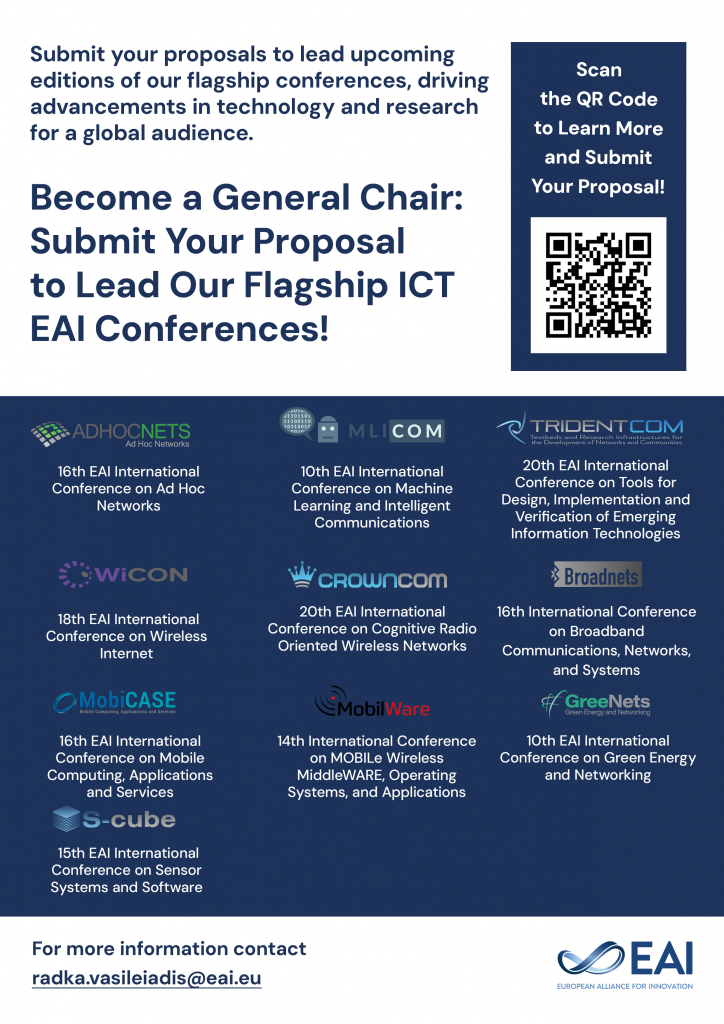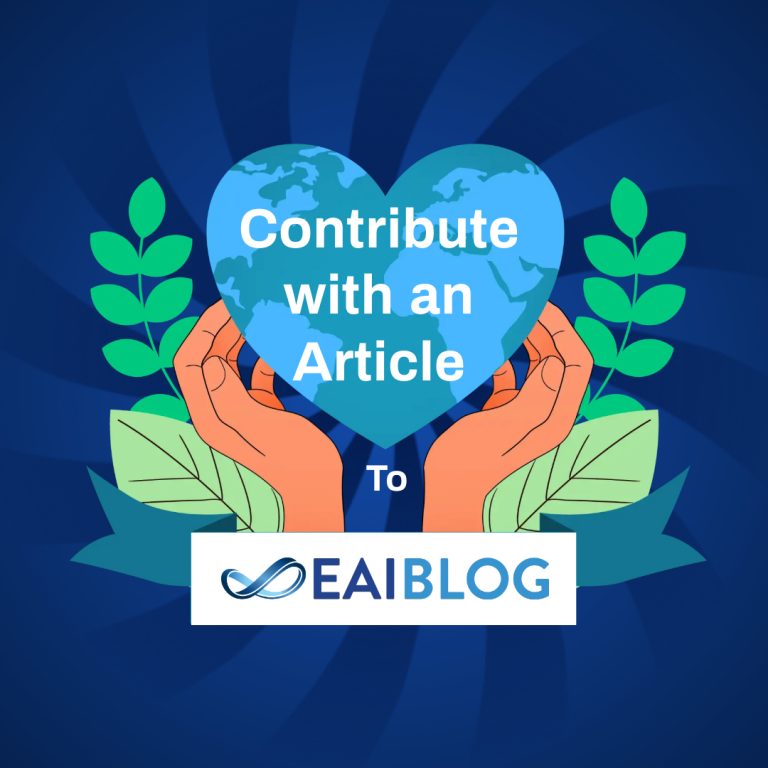Tiziana Catarci is a professor of Information Processing Systems at the Sapienza University of Rome, and president of the Infosapienza Center. Her research interests span from human-computer interaction to databases. She has published over 150 articles on these subjects, and has also been a consultant to large organisations, both private and governmental. Prof. Catarci, also speaker at our IOT360 Summit, gave us a talk about the changes introduced by IoT in the relationship between human and devices. We also discussed the gap between researchers and the industry in IoT.
What was your overall impression of the IOT360 Summit? Which issues relating to the world of the IoT should be discussed at the next year’s edition?

IOT360 presented a very interesting and various mix of research, technology, applications and creative companies. This mix should be enlarged for the next edition, in particular through:
- Further emphasis on interdisciplinarity; having more speakers coming from areas other than ICT and social sciences (e.g. biotech, energy, cognitive sciences, etc.).
- Discussion of relevant case studies with an emphasis on PA applications and involving local and national government officials.
- Some debate on the effects of IoT on the job market – Is it creating new jobs? Is it killing existing ones? – considering also the “traditional” job market, not only incubators and start-ups.
How can industry and academia work together to further develop the IoT? Are there any obstacles to this collaboration?
Academia should nourish innovative ideas through the combination of teaching and research, experience and youth, rigor and imagination. Academia should offer multidisciplinary courses and research labs to foster cross-fertilization among different areas. All this should then be transferred to industry to be transformed into concrete services and products, for example in the IoT. Industry, in turn, should provide real needs and scenarios for new solutions, in a virtuous cycle that could be implemented through joint labs, student internships, joint initiatives, incubators, spin-offs and so on.
Unfortunately, at least in Italy, this virtuous cycle has not been established yet. Academia and industry very often cooperate on a sporadic, project-driven basis. Academia does not seem to really believe in the relevance – and high dignity – of multidisciplinary research and education, and does not effectively support student placements. Part of the academia, whose average age is definitely too high, is also frightened by new technologies, such as IoT, that cannot be fully understood or controlled. On the other hand, the industry does not believe in research. It is often conditioned by short-term plans, lack of vision, and scarcity of resources.
I do hope that this changes soon, and will, personally, do the best I can to make it happen, since the future of a country lies in youth, education, research, and innovation.
How has the relationship between users and devices been changed by the IoT? What are the new challenges for the future?
One of the big changes introduced by the IoT in the relationship between the user and the device is the fact that devices aren’t passive objects anymore. They are active, have an identity, may act autonomously, and engage the users in a variety of complex interactions. Devices could even overcome the users, make decisions, and implement a complete M2M interchange – M2M interaction is really booming nowadays. Users mostly experience IoT when smart devices explicitly enter their everyday life – for instance, think about cars, houses, and healthcare. In order for them to manage and control the devices, the interfaces have to be really adaptable and easy to use. A single interface already owned by the user, such as a smartphone, should perhaps become the overall controller, so that the user does not feel at mercy of the technology.
The coming years will probably see a growth of consumer applications, such as wearable technologies and smart services in cities and homes. As IoT keeps offering more and more advanced solutions, the majority of users are getting less reluctant to exploit them. However, security and privacy of the individual’s data (and the perception of privacy and security) are the users’ main concerns. The best trade-off between such issues and personalized/optimized services has not been found yet, and represents the key challenge for the next years.



